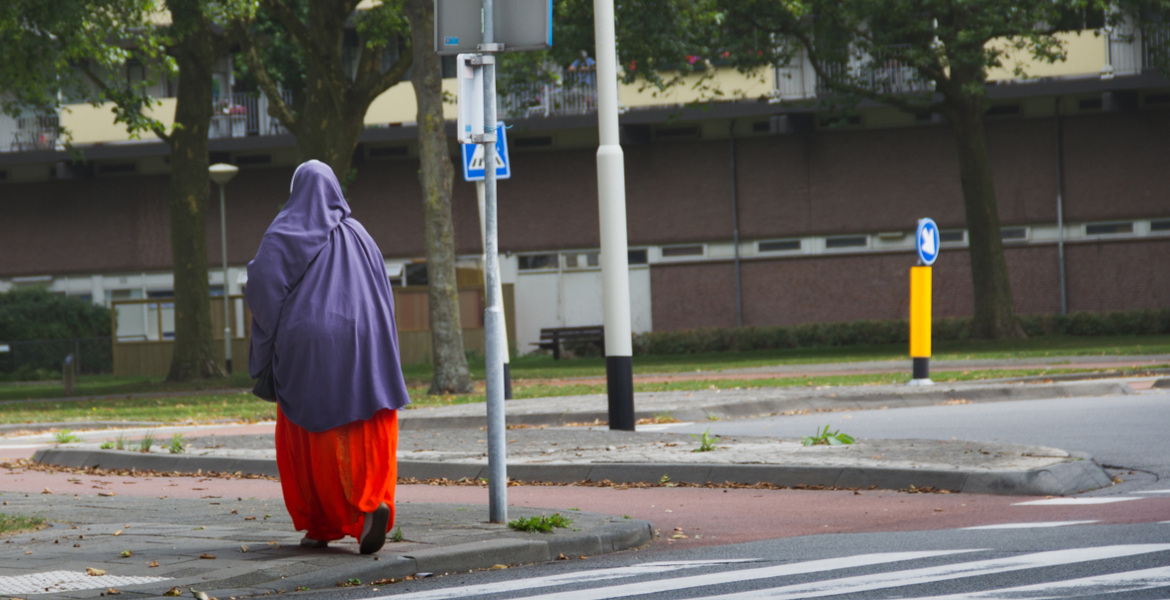The prosecutor wants terror suspect Zaniar Matapour to be sentenced to the harshest penalty in the law – 30 years in preventive detention. This would be the first time in Norwegian history that this has happened.
During the midsummer weekend of 2022, shots were fired at the gay bar London Pub in central Oslo. Two people died and 21 were injured in the attack. Shortly afterwards, the then 42-year-old Zaniar Matapour was arrested on suspicion of terrorism because of his links to ISIS.
Matapour's trial on charges of aggravated terrorism began in March this year, with a number of witnesses testifying and evidence being presented against the ISIS sympathizer. Much of the evidence, for example, revolves around chats between Matapour and other Islamists, which show that the attack on the gay club was planned.
On Tuesday, the public prosecutor began his closing arguments. Matapour's defense lawyer will present his closing arguments during the day. The prosecution believes that Matapour should be sentenced to 30 years in preventive detention-
– I believe that the attack that Matapour carried out against the people who were hit by his shots after he had sworn allegiance to ISIS was not just about killing or harming these people, there was a bigger goal with the act, it was to create fear, one of the public prosecutors Sturla Henriksbø told Norwegian VG.
"Showing no remorse"
In Norway and Denmark, preventive detention is a penalty that can be imposed for the most serious crimes. It is the most severe penalty in the law, with a time frame of no less than 10 years, which can be extended for up to five years at a time. There is no limit to the number of times the time frame can be extended. Usually, 21 years is the maximum time a person can be sentenced to detention, which is what Anders Behring Breivik was sentenced to in 2012.
The maximum period of detention can be extended for particularly serious crimes involving extreme danger to life. However, if the court decides to sentence Matapour to 30 years' detention, it will be the first time in Norway's history that this has happened.
– He shows no remorse and there has been no reflection or change in him, says prosecutor Aud Kinsarvik Gravås




